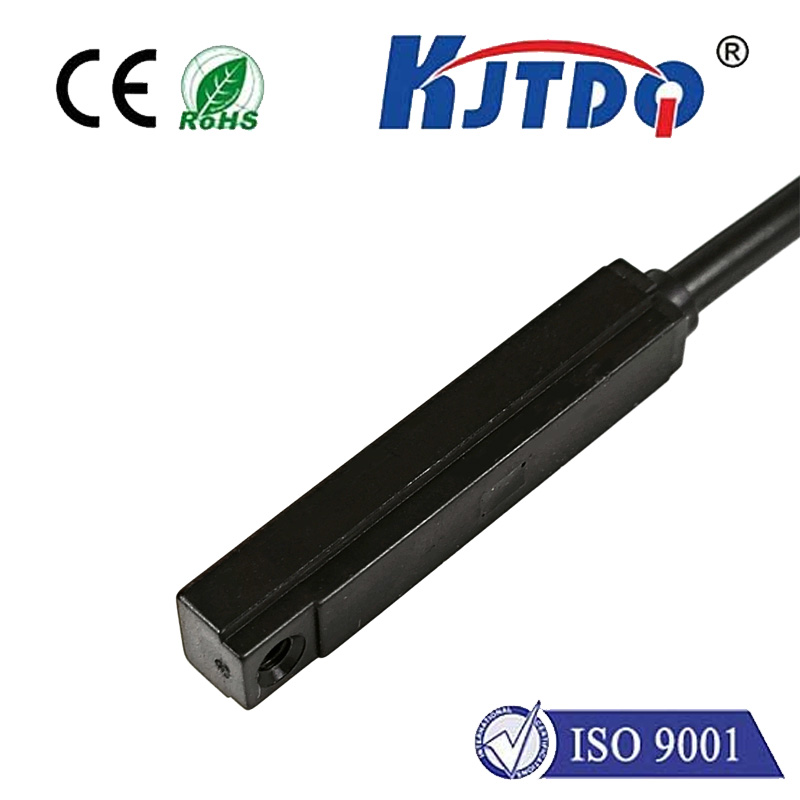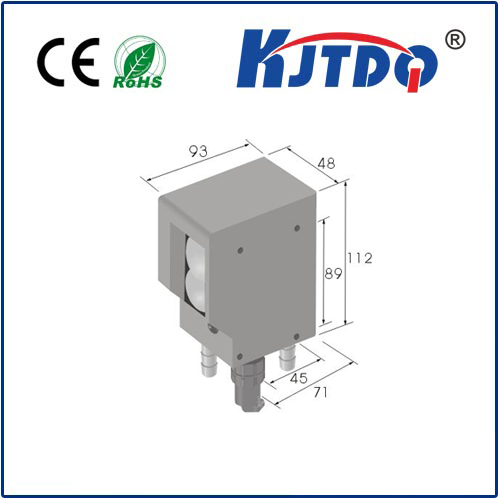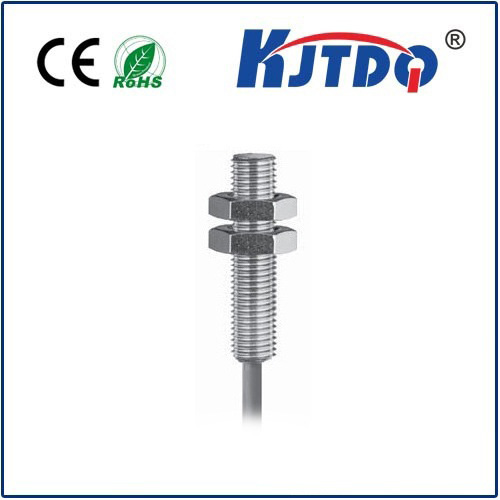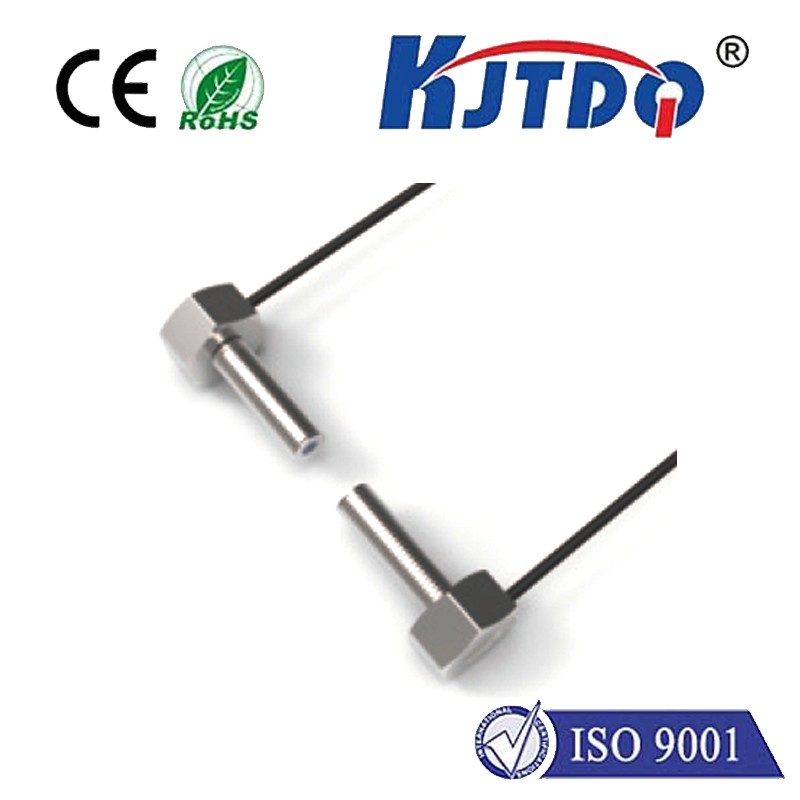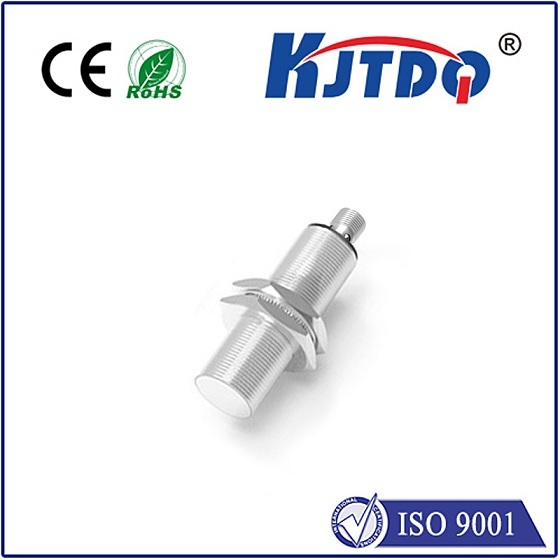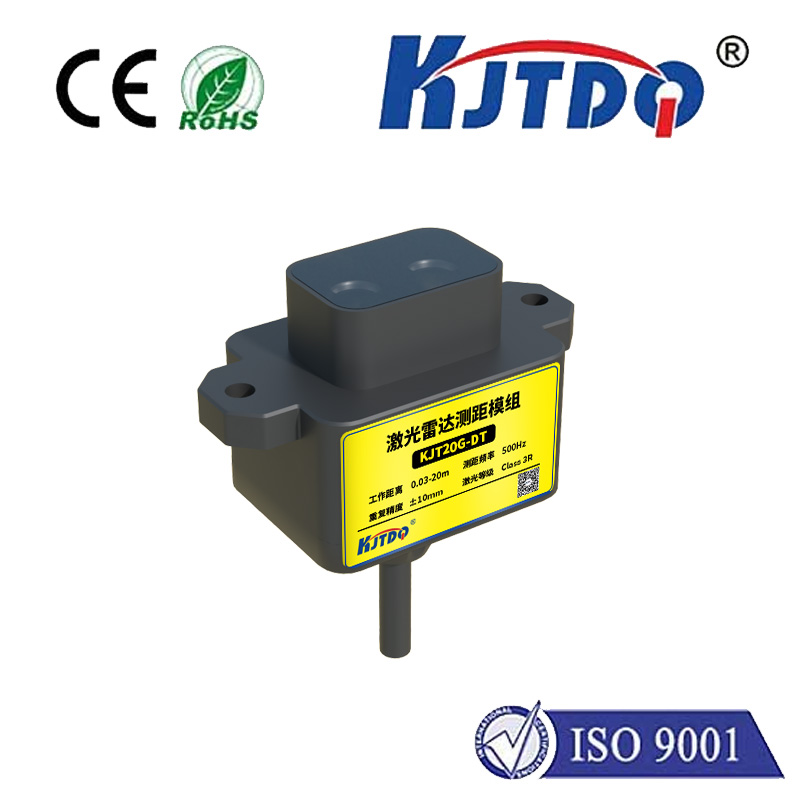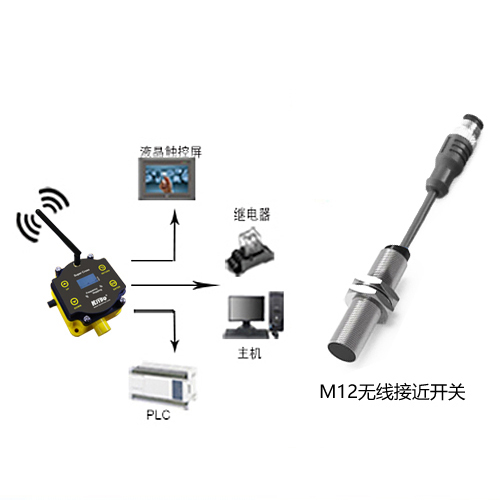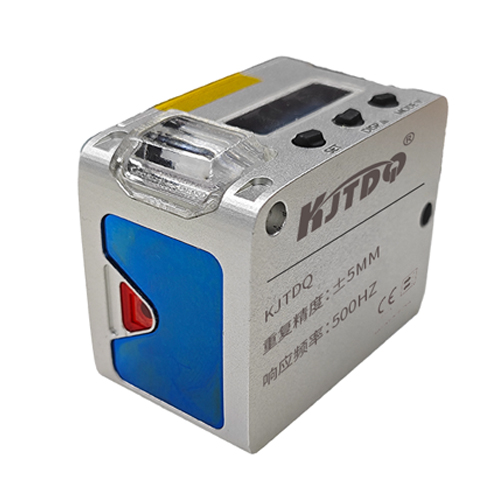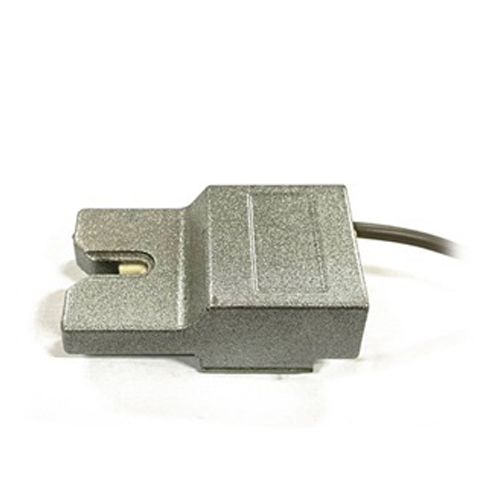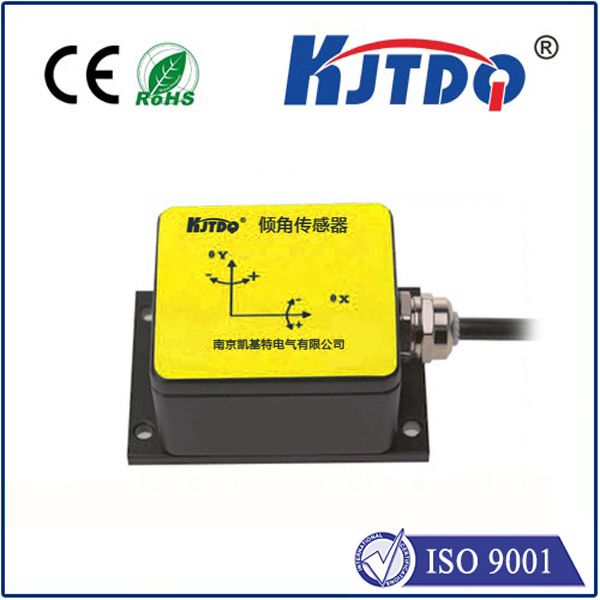BES014L high pressure proximity sensor
- time:2025-10-13 14:17:03
- Click:0
BES014L High Pressure Proximity Sensor: Your Unseen Guardian in Demanding Industrial Environments
Imagine a colossal hydraulic press forging metal, a subsea valve regulating immense ocean depths, or a high-pressure pump pulsing within a chemical processing plant. In these critical, high-stakes environments, the margin for error is minuscule. Component failure isn’t just inconvenient; it’s dangerous and disastrously expensive. What silently ensures the precise positioning of pistons, verifies valve closures, or detects metal targets under crushing pressures? Often, it’s an unsung hero: the high-pressure proximity sensor, specifically engineered models like the BES014L. This device isn’t merely a component; it’s a fundamental pillar of safety, efficiency, and precision under extreme duress.
Proximity sensors, at their core, detect the presence or absence of an object without physical contact. Inductive variants, like the BES014L, excel at sensing ferrous metals. They generate an electromagnetic field; when a metal target enters this field, it causes a detectable change, triggering an output switch. Simple in concept, yet the magic lies in execution – especially when that detection must occur reliably amidst pressures that would crush standard sensors.
Why High Pressure Demands Specialized Sensors Like the BES014L?
Standard proximity sensors simply aren’t built to withstand the relentless force exerted within hydraulic cylinders, deep-sea equipment, or high-pressure test rigs. Failure modes are multiple:

- Housing Collapse: Thin-walled or inadequately designed sensor barrels can implode or deform under extreme external pressure, rendering them useless or causing catastrophic failure.
- Seal Breach: Pressure differentials can force media (oil, water, chemicals) past seals into the sensor’s internal electronics, causing short circuits and corrosion.
- Performance Drift: Even if the housing survives, pressure can strain internal components, potentially altering the sensing distance or electrical characteristics.
- Fatigue Failure: Constant pressure cycling can lead to material fatigue and eventual cracking.
The BES014L proximity sensor is explicitly designed to combat these challenges. It represents the convergence of robust engineering and precise sensing technology, built for environments where pressure isn’t an afterthought, but the defining operating condition.
Engineering Resilience: What Makes the BES014L Stand Out?
The effectiveness of the BES014L in high-pressure scenarios stems from several critical design features:
- Pressure-Optimized Housing: Typically constructed from high-grade, reinforced stainless steel, the sensor body, especially the sensing face and barrel, is engineered with thickened walls and specific geometries to resist massive external pressures without deformation. This rugged physical construction is non-negotiable.
- Superior Sealing: Achieving high IP ratings (like IP68 and IP69K) is crucial, but high-pressure applications demand more. The BES014L employs specialized sealing technologies – often involving high-performance elastomers (e.g., Viton) and meticulously engineered sealing surfaces – capable of maintaining integrity under extreme hydrostatic pressure loads. This prevents media ingress and protects sensitive internal components.
- Inductive Sensing Principle: The core non-contact inductive sensing technology is inherently robust. With no moving parts to jam or wear under pressure, and its immunity to dust, dirt, and moisture (when properly sealed), it provides consistent, reliable detection of metal targets.
- Optimized Electronics: Internal circuitry is designed for stability. Components are often potting compound encapsulated, not only for shock and vibration resistance but also to protect against any potential micro-leaks or condensation, and to provide structural support against pressure-induced stresses. This ensures signal integrity and long-term reliability.
- Connection Integrity: High-pressure certified connectors featuring robust sealing and strain relief are essential. A weak connection point or compromised cable gland is a vulnerability the BES014L design addresses rigorously.
Where Does the BES014L Prove Indispensable? Key Applications
The BES014L high pressure proximity sensor finds its critical niche wherever metal detection must occur reliably inside pressurized zones:
- Hydraulic Systems: The quintessential application. Monitoring piston position inside high-pressure hydraulic cylinders for end-position detection, mid-stroke verification, or collision prevention. Ensuring precise control and preventing cylinder damage.
- Oil & Gas (Onshore/Offshore): Used in subsea equipment, wellhead controls, valve actuator positioning, and high-pressure test rigs. Enduring harsh conditions, including saltwater pressure at depth. Vital for safety and operational integrity in challenging environments.
- Die Casting & Plastic Injection Molding: Verifying mold closure, core puller positions, or ejector plate status within the high-pressure confines of the mold. Essential for process safety, quality control, and preventing costly mold damage.
- Heavy Machinery: Position monitoring in high-pressure actuators, boom positioning systems, and braking systems on construction and mining equipment. Enabling automation and safety under demanding operating loads.
- Chemical & Process Industries: Verifying valve states or component positions within high-pressure reactors, pipelines, and pumping stations handling aggressive media. Requiring chemical resistance alongside pressure resilience.
- Test Equipment: Providing precise position feedback within high-pressure test chambers and material testing machines. Ensuring accurate results and protecting expensive test specimens.
Beyond Pressure: The Inherent Advantages of Inductive Proximity Sensing
While the high-pressure capability defines its core application space, the BES014L inherits the broader advantages of inductive proximity sensors:
- Non-Contact Operation: Eliminates mechanical wear on both the sensor and the target, leading to significantly longer service life.
- High Switching Frequencies: Capable of detecting very rapid movements or high-speed production lines. Enables automation in dynamic processes.
- Resistance to Contaminants: Immune to dust, oil, water splash (when sealed), vibration, and electromagnetic interference (when shielded). Ideal for harsh industrial environments beyond just pressure.
- Solid-State Reliability: No moving parts subject to fatigue or jamming.
Implementing the BES014L: Considerations for Peak Performance
Selecting and installing a BES014L requires attention to detail to leverage its full potential:
- Pressure Rating: Absolutely critical. Ensure the sensor’s specified maximum pressure rating comfortably exceeds the peak operating pressure in your application, including potential pressure spikes. Never operate near the absolute limit.
- Temperature Range: Verify the sensor operates reliably within your process’s ambient and media temperature extremes. High pressure often correlates with temperature variations.
- Media Compatibility: Confirm the housing material and seals are resistant to the specific fluid or gas present in the pressurized environment (e.g., hydraulic oil, seawater, chemicals).
- Target Material & Size: Inductive sensors require ferrous metal targets. Ensure the target size and material meet the BES014L’s specifications for reliable switching at the required distance.
- Sensing Distance: Understand the nominal sensing distance and factor in any reduction factors due to target material or environmental conditions. Accurate mounting is key.
- Electrical Specifications: Match the voltage supply, output type (NPN/PNP, NO/NC), and current rating to your control system requirements.
- Mechanical Installation: Ensure secure mounting with proper torque to maintain seal integrity. Protect cables from abrasion and excessive bending, especially near the connection point.
In the relentless world of high-pressure industrial systems, components must perform flawlessly under forces that relentlessly test their limits. The BES014L high pressure proximity sensor is engineered precisely for this crucible. Its robust stainless-steel housing, exceptional sealing, and inherently reliable inductive sensing principle combine to create a sensing solution






